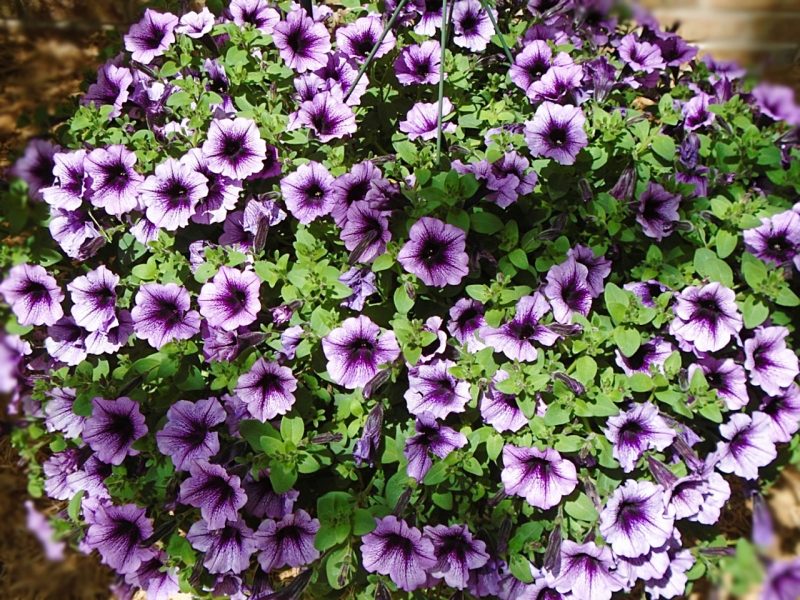If you want to know how to get seeds from impatiens flowers quickly, simplify the process into two steps. Much like in calibrachoa plants, gardeners can also take advantage of propagating impatiens from the seeds that their mature plants produce. Impatiens flowers make excellent bedding plants, and learning this propagation method will let you have more plants easily.
However, note that there are various types of impatiens, including hybrids, so be sure to check if there are other specific steps required for seed propagation. You should also check the climate in your region and consider having a greenhouse for indoor impatiens if your location experiences harsh cold nights. Nonetheless, impatiens themselves are relatively easy to grow, including the collection and planting of their seeds.

How To Get Seeds From Impatiens Flowers Successfully
Step #1. Seed gathering
When is the best time to start collecting impatiens seeds? You will notice when your plants are forming seed pods after their flowers fade. Check the flower base for the developing pods and cover it with a cheesecloth bag, tying the bag in place around the stem.
This will help with the seed pods’ maturing and make it easier for the gardener to gather the pods when they ripen. Over time, the pods will dry up and turn yellow, which indicates that they are ready for harvest. Be careful in handling the stem as the pod will split open easily at this point, so it’s better to cut the stem with the bag still intact.
Step #2. Seed removal and storage
Once you have the flower stems, put one in a bowl, and remove the bag. The pod may have already broken at this point, but you can split it open if not. Make sure you’ve gotten all of the seeds out by shaking the pod well.
Once you’re done, manually check the contents of the bowl. Remove the other plant materials and the protective “casing” of the seeds before storage. Once you have the impatiens seeds, put them in a sealed jar and store in a cool, dry place until you can plant early in February or three months before the spring frost.
Propagating Impatiens From Seeds
In general, starting impatiens from seeds is easy, but the waiting time and their size make them tricky for some gardeners. To make up for these issues, you can start sowing early in February because they can take as long as 21 days to germinate. If you’re having trouble picking up seeds, use a toothpick with a moist end to grab one.
Step #1. Sowing seeds
You can use any container for starting impatiens seeds as long as it is clean and sanitized. It’s also essential that it drains well to avoid overwatering. Then, use a good moist seed-starting medium, where you can again submerge and let it drain before sowing.
With the toothpick holding a seed, press it into the medium and cover lightly with vermiculite. Remember to moist the medium again, cover it with clear plastic, and place the container in an ideal environment for germination. The greenhouse makes an excellent example because you can protect the seeds from direct sunlight and keep the medium’s temperature between 70 to 75°F.
Step #2. Maintenance and transplanting
Once your seeds germinate, remove the cover and transplant them in another container after ten days. If you’re using a greenhouse, use the area under fluorescent lights to help them grow. Maintain a distance of 6 inches from the light and use them for 16 hours.
To further help with development, maintain the temperature between 60 to 65°F and fertilize weekly. You can transplant the impatiens at their permanent location outdoors after the danger of frost has passed. However, harden them first for at least three days to help them adapt to the new conditions.
For the new outdoor location, prepare the site by mixing in compost to the soil. Space the plant according to how high you want them to grow (i.e., tight spacing creates tall impatiens). Lastly, keep the soil moist and fertilize well, depending on the label instructions.
What are the common problems when growing impatiens? Improper management practices can lead to viral and fungal diseases, but these problems are generally easy to overcome, and the plants typically survive. Practice proper sanitation, watering, ventilation, and regular checking of the impatiens, and you should avoid these problems easily.
Conclusion
Propagating impatiens from seeds is an easy way to create more flowers that make excellent bedding. But first, learn how to get seeds from impatiens flowers properly. Start by covering seed pods with a cheesecloth bag until they turn dry and yellow, indicating they’re ready for harvest.
Cut the stem with the bag still intact to avoid cracking the pod open. Collect the seeds in the bowl and remove their covering, as well as the other plant materials. You can then store the impatiens seeds for planting early in February.
If you want to start impatiens from seeds, you can do so early in the year because they take can long to germinate. Otherwise, there are no special steps in sowing them, and if you have a greenhouse, you can adjust the ideal germination conditions for them. They should be ready for permanent transplanting after the danger of frost has passed, but make sure to harden them first.
